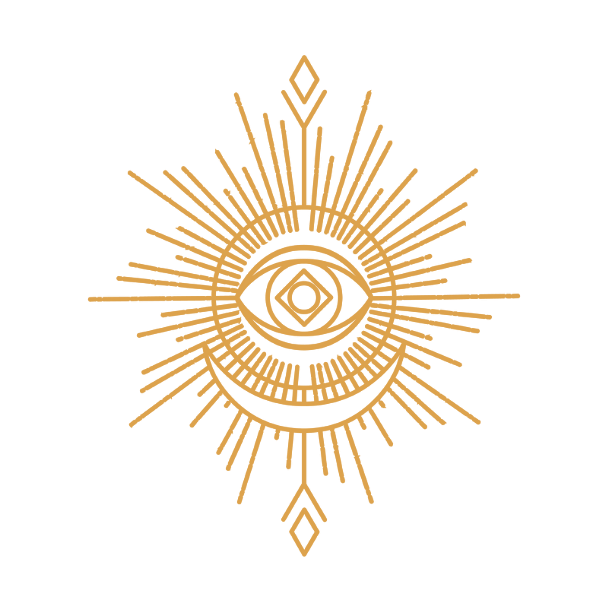Whole-flower blue lotus tea used in ancient Egyptian temples to bring divine visions
LUCID LOTUS
Enhances visualizations during meditation
Opens third eye for insights, imagination & lucid dreams
Brings tranquility and calm
$33
15 grams
-
Organic whole-flower blue lotus blossoms (Nymphaea caerulea)
Ethically sourced from a family farm in Sri Lanka
-
15 grams
Serving size: 1 blossom
Servings per container: approximately 9-11 servings
-
Infuse 1 or 2 blossoms in 1 cup of boiling water.
Allow to steep 5-7 minutes.
The Blue Lotus Temple Mysteries
The Blue Lotus Temple Mysteries
Egypt, 1500 BC. You enter the temple at sunset. A priest hands you a ceremonial cup, steeped with blue lotus flowers gathered from the Nile.
"The Seshen flower opens the eye of inner vision," the high priest explains. "As it opens to the sun at dawn, your mind will open to divine wisdom this night."
In the sanctuary, surrounded by sacred symbols, you close your eyes and relax. You feel your breath, and the warmth of the lamp, as the blue lotus works its magic. As you meditate, slowly, your inner vision becomes more vivid, like a window opening behind your closed eyes. Eventually, these hints of images slip into vivid symbolic dreams.
At dawn, you step out of the chamber and share your visions with the priest. Each symbol holds meaning - layers of messages, with lessons for your path.
The blue lotus in ancient egypt
One of ancient Egypt's most profound spiritual practices centered around the Seshen flower, known today as the blue lotus.
For over three millennia, Egyptian priests and seekers used this sacred plant to transform ordinary meditation or sleep into a gateway for divine wisdom, developing an elaborate practice of ritual dream incubation.
Central to this practice was the ethereal blue lotus (Nymphaea caerulea), emerging each morning from the depths of the Nile to bloom brilliantly in the sun. Those seeking guidance would first undergo days of careful preparation…
Frequently asked Questions
-
No, blue lotus is not a true psychedelic in the same category as substances like LSD, psilocybin, or mescaline.
However, it does have psychoactive properties and can produce very mild psychedelic effects (e.g. enhanced vividness of imagination when eyes are closed)
The psychoactive effects of blue lotus are primarily attributed to two alkaloids:
Apomorphine: This compound stimulates dopamine receptors in the brain, which can lead to feelings of euphoria and altered consciousness (not related to “morphine” despite the similar name)
Nuciferine: This alkaloid acts as a dopamine receptor blocker and has antipsychotic properties. It contributes to the relaxing and anxiety-reducing effects of blue lotus
When consumed, blue lotus can produce the following effects:
Mild euphoria and stimulation
Relaxation and calmness
Enhanced mood and focus
Vivid imagination
Vivid dreams or lucid dreaming
Aphrodisiac effects
The intensity of these effects can vary depending on the method of consumption and dosage. Some users report experiencing hallucinations, especially when blue lotus is used in higher doses or when vaporized
-
These organic whole-flower blue lotus blossoms are ethically sourced from a small family farm in Sri Lanka.
Due to the Aswan dam, they can no longer be farmed on the Nile river in Egypt where they originated, however Sri Lanka provides the perfect climate for the continuation of these special flowers.
-
Infuse 1 or 2 blossoms in 1 cup of boiling water.
Allow to steep 5-7 minutes.



